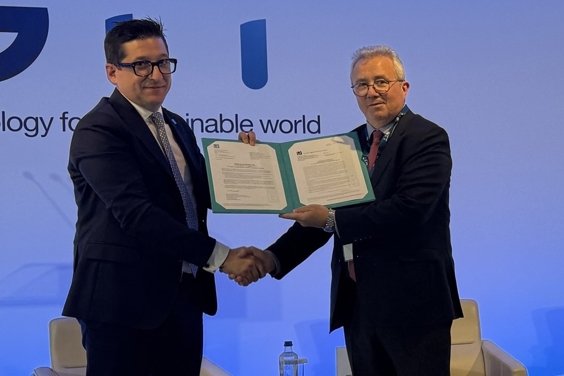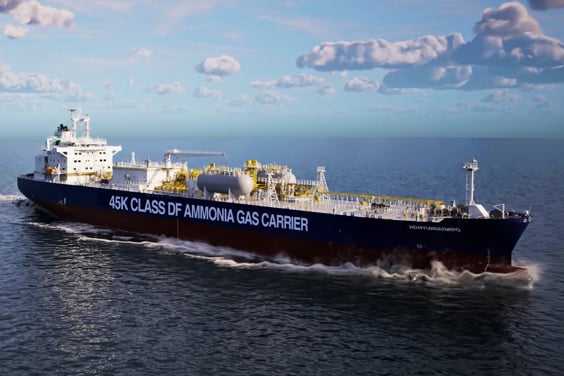The role of very large ammonia carriers (VLACs) in global energy security is set to increase as governments seek opportunities to reduce carbon emissions. To get an idea of the momentum behind this trend you need not look further than the announcements made at international shipping event, Posidonia in June this year. A number of ammonia-related projects were revealed, with LR partnering on some of the largest. One significant announcement at the Athens event was for an ammonia carrier with a cargo-carrying capacity of 100,000 cbm. LR is partnering on the project with Chinese shipyard Guangzhou Shipyard International (GSI).
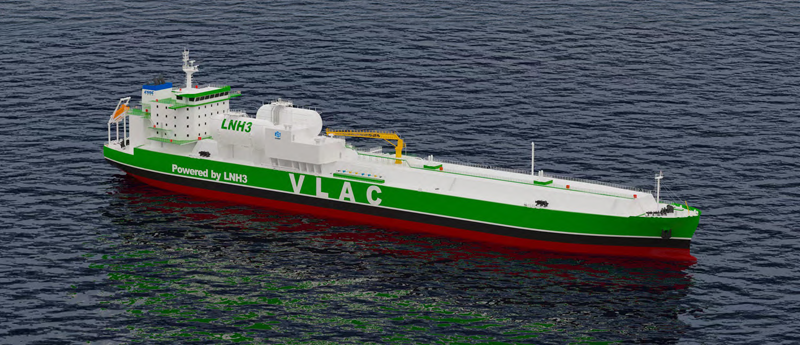
Approval in principle from LR was also given to Samsung Heavy Industries (SHI) and Amogy for an 88,000 cbm fuel cell-powered ammonia carrier, which uses ammonia cracking to create hydrogen for the fuel cell stored onboard.
Meanwhile, Clarkson’s data reveals that over the past 13 months, 45 ammonia/LPG carriers have been ordered, nearly half of which have been placed by Greek owners, whilst Denmark and Singapore both account for several vessels.
Ammonia, which is used extensively in the fertilizer, wastewater treatment and paper industries amongst many others, is regularly carried as a cargo by sea. This recent flurry of announcements for additional tonnage is driven in part by the expectation that green ammonia, which is CO2-free, will be central to supporting energy security as nations aim to reduce their emissions in line with the Paris Agreement targets that strive for net-zero by 2050.
Coal remains a staple component in electricity production in many countries, but firing coal with green ammonia cuts CO2 emissions.
“Use of ammonia in this way has been tested and proven to work,” says LR’s global gas technology director, Jose Navarro. “Ammonia on its own is not easy to burn, but tests have shown that a 20% injection of green ammonia with 80% coal, roughly results in a 20% carbon emissions reduction for the burn,” he explains, noting that the ammonia used in this process must be green for any environmental gains to be achieved. If grey ammonia produced from fossil fuels is used, carbon capture will be required as part of the process. “Going forward the ratio of green ammonia to coal will hopefully increase,” he added, further reducing CO2 emissions.
As demand for ammonia increases, so too will the capacity to move the product from point of production to consumption, with the majority of transportation expected to be seaborne. “Those companies ordering tonnage today will be ahead of the curve in 10 years’ time as governments seek to reduce emissions from their energy supply chains,” he asserts.
Flexible tonnage
“Let’s not forget that ammonia carriers can also carry other liquid gases such as LPG,” said Navarro, noting that whilst the higher specification of these vessels come at a higher cost, it also provides flexibility on cargoes carried. “Ammonia carriers have far more strict safety criteria than traditional gas carriers due to the cargo’s high level of toxicity and corrosive properties. However, it does not stop ammonia carriers moving certain, less toxic, cargoes as well. When these new VLACs come online, they can be put to work straight away carrying other liquid gases as they wait for the larger green ammonia network to mature.
“These vessels are built to higher specifications, but they may not be as commercially viable for non-ammonia cargoes as the conventional LPGC due to their higher cost. This is an area that owners are still trying to assess,” he said, adding when the large demand for green ammonia comes online in around 5 to 10 years’ time, “the vessels being ordered today will be ready to take advantage of the market”. He notes that certain gas carrier types can be converted to carry ammonia during regular dry docking, but this takes time and planning. “Other aspects to consider include cargo pump enhancement, motors and electric cables, among other details,” he explained.
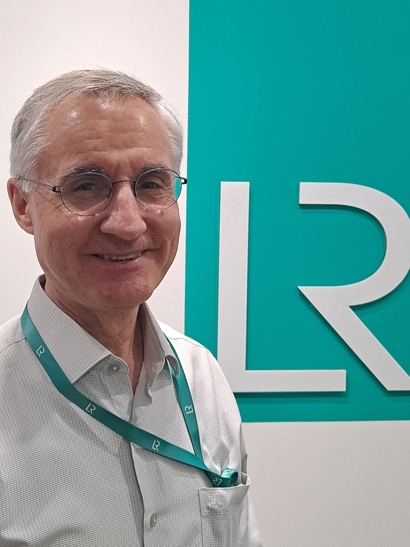
Long-term landscape
Trade routes for cargoes are already starting to emerge as ammonia production centres are established. In a process that requires air and water, along with solar energy, prospective centres for green ammonia production are anticipated in warmer regions. Australia with its proven renewable energy performance including in wind energy, is expected to be a key exporter of green ammonia to countries in Asia.
Whilst Egypt, Morocco and the Middle East are eyeing local markets in Europe, along with Chile.
The ammonia producers themselves will dictate the location and construction of terminals, believes Navarro, “with facilities able to accommodate VLACs of mainly 80,000 to 90,000 cbm or slightly more”.
Higher specifications
Ammonia carriers have a proven safety track record, points out Navarro, and must adhere with the International Code of the Construction and Equipment of Ships Carrying Liquefied Gases in Bulk (IGC Code).
Whilst not as flammable as LNG, the toxicity level of the product demands careful handling and carriage as it can be harmful even in small quantities. Systems for ammonia carriers are designed so that failure is immediately detected, managed, controlled and mitigated. “To date we have yet to experience the loss of an ammonia carrier at sea, which is testament to the high level of safety requirements and procedures developed for this sector,” he asserts.
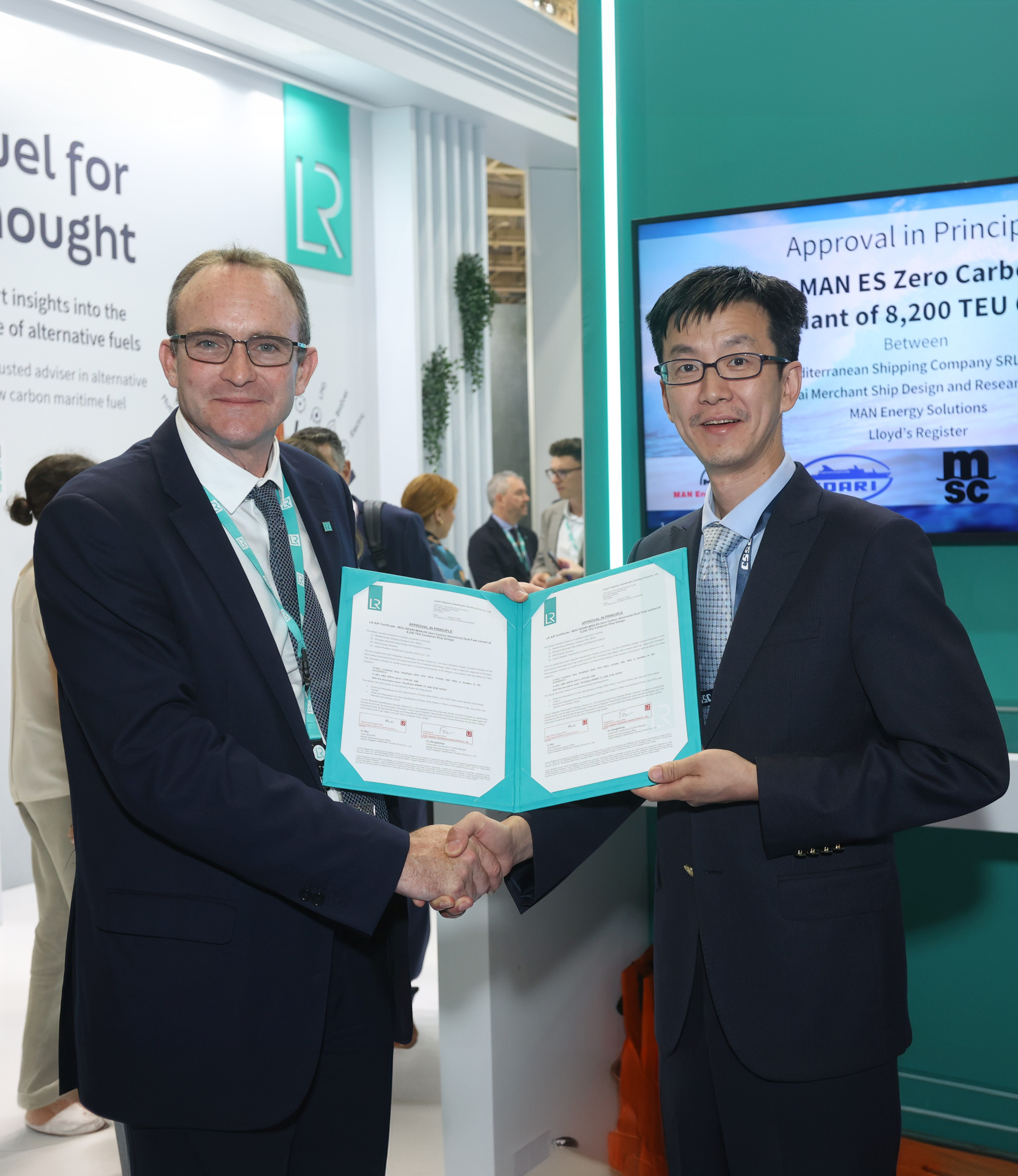
Ammonia as a fuel
Meanwhile, ammonia’s use a fuel for ships continues to gain traction. Indeed, the ammonia carriers on order today will be able operate on the alternative fuel when the technology and fuel supply chain is established.
At Posidonia, LR alone announced four ammonia-fuelled projects, three of which are for containerships; LR awarded AiP for a 8,200 teu ammonia fuel containership design to Chinese design company SDARI, and approved the design of a 1,300 teu container feeder vessel powered by an ammonia fuel-cell, developed by Korean companies HD Hyundai Mipo and HD KSOE.
The third announcement was an AiP for a 3,500 teu container vessel that culminated from a cross-industry taskforce including LR, A. P. Møller-Mærsk, MAN Energy Solutions, Deltamarin, Eltronic FuelTech and ABS. The Mærsk Mc-Kinney Møller Center for Zero Carbon Shipping is behind the new design. The result of this collaborative approach is considered a milestone in enabling ammonia as an alternative marine fuel.
Meanwhile, LR awarded AiP to MARIC for 360,000 DWT ammonia-fuelled very large ore carrier.
Ammonia’s use a fuel onboard will broaden its carriage to non-gas vessels. Other sectors will need to understand the hazards of handling and carrying ammonia and manage their operations in line with the necessary safety requirements. “We as an industry can learn much from the safety practices governing the carriage of ammonia as cargo, as we pursue the possibilities of the gas in shipping’s energy transition,” says Navarro. He is currently working with clients to design ammonia fuel systems and notes that special care must be taken to ensure bunkering and venting is designed and reviewed following a meticulous process to ensure inherently safe design for the ship, cargo, environment and crew.
“And we are not only looking at design and construction, but also throughout the lifecycle of a ship life such as maintenance and operations,” he says. “Training for crew will be extensive and involve understanding the particulars and increased risks of handling the alternative fuel in bunkering operations and emergency response should an incident onboard occur.”
To find out more about ammonia as a fuel, visit our Fuel for Thought: Ammonia hub.










